Inside Mindhunter’s Post Production
David Fincher’s Mindhunter is a new series for Netflix that features all of his signature style and pathos.
Much of that comes down to the topic at hand (serial killers) as well as the cinematography, set and costume design, and some specific elements of the post production workflow.
In this super short post (I’ve been too busy to write anything for the past few weeks!) I’ve brought together a couple of interesting videos and articles which reveal some of post production processes used on the series. (And most of Fincher’s films too… Check out my extensive Gone Girl making of post here).
UPDATE – NAB Presentation on custom database app, Dispatch
If you want a 30 minute overview of how the team behind Mindhunter processed their dailies using their bespoke, and soon to be available PIX product, Dispatch, this talk from NAB 2018 with Tyler Nelson and Billy Peake is what you want to watch.
It’s a fascinating talk, which demonstrates how the powerful the use and exchange of metadata during production and post can speed things along tremendously. It’s also great that this has been built so closely to work with Premiere Pro.
If you want to learn more about being an Assistant Film Editor check out this previous post.
Now back to my original post….
It’s always nice to see others working away in the same application I use most days, Adobe Premiere Pro. If you want even more information on editing features films in Premiere Pro check out this recent post as well.
“We don’t stretch the exposure across the entire dynamic range of the the display,” said Messerschmidt. “To get very technical, if your brightest points are 100 units, we never worked up there. It’s difficult to see subtlety in the shadows when the highlights are really bright – your eyes have a tendency to go to the bright part of frame.
If the story is in the shadows, you have to work in that lower third, lower half part of the exposure.”
In this IndieWire article you can get a decent breakdown of five defining visual elements to the ‘Fincher Cinematic Universe’, which they list as the colour palette, deep shadows, practicals in frame, a robotic omnipresent camera and framing between the lines.
Above and below are a couple of choice quotes from DP Erik Messerschmidt:
“We did a 5K center extraction – so we framed for a 5K rectangle inside the 6K image,” said Messerschmidt. “That leaves approximately 20% extra around the edge of frame which we can use for reframing and stabilization in post, which we did quite a bit.”
This habit of ‘over-shooting’ the framing is picked up in the Adobe promotional video at the top of this post too.
Speaking of which, the behind the scenes video from Adobe features a quartet of artists who seem to fit the Fincher mindset when it comes to precision and perfection.
It’s nice to see Tyler Nelson moving up from Assistant Editor (Gone Girl, The Girl With The Dragon Tattoo, The Social Network) to Editor on four episodes of Mindhunter, along side Byron Smith and Kirk Baxter.
The video isn’t too content heavy, although it features some nice examples of improving performances by combing two different takes and using Dynamic Link to flow between After Effects and Premiere Pro.
For more detailed information on the post workflow it is well worth reading Oliver Peter’s nice write up of his interview with Tyler here.
Here are just a few of the things I learned whilst reading it. I would recommend you do too!
Firstly, Fincher directed four episodes (cut by Kirk Baxter) and two British Directors (Andrew Douglas and Asif Kapadia) helmed the others, alongside Tobias Lindolm.
These first two seem an unusual choice with no TV experience listed on IMDB for either. By the way, Asif Kapadia went to the same film course as me at the University of Westminster, and went on to win an Oscar for his documentary on Amy Winehouse. Anyway, kudos to him.
All camera footage is processed into EXR image sequences in addition to ProRes editing files for “offline” editing. These ProRes files also get an added camera LUT so everyone sees a good representation of the color correction during the editing process.
Oliver’s article has a good few technical workflow nuggets that make it worth reading, including the kind of hardware they used, and how they brought the grade in-house on a Baselight X.
There’s also a really interesting description of their preferred rushes breakdown approach which Tyler describes at length. Here’s a snippet:
“All of the coverage for each scene set-up is broken up into ‘story beats’… These are all edited in the order of last take to first take, with any ‘starred’ takes at the head of the sequence.
As you review the sequence, the really good sections of clips are moved up to video track two on the sequence. Then create a new sequence organized in story order from these selected clips and start building the scene.
To round out this post, I’ve grabbed a few stills from the Adobe video which also highlight a couple of interesting bits and pieces. Click to enlarge each image!
First of all you can check out what looks to be an entire episode of the show on Tyler’s epic ultrawide monitor, which looks to be either the 34″ or 38″ curved Dell UltraSharp*
Either way it’s great to have that much space to focus on the edit, and have all the bins on the second monitor to the left. Note also the copious use of markers, see below for more on this.
It’s also great to see everyone making use of Wacom tablets too. Banish that RSI!
*If you look closely at 47 seconds in, you’ll see the Dell logo be composited out of the video!
An example of a split screen composite in Premiere Pro between the foreground and background actors performances from different takes.
In a couple of places in the video you can catch a glimpse of some of the notes for the markers that are used throughout the sequences. In these final two screengrabs you can see music cues (e.g. Four Windows v2 Jan6B Haunting Theme) and notes for VFX fixes, such as matte paintings and digital push ins.
All of these markers are single frame markers, but it’s worth noting that you can extend them to any duration if you wish.
Interview with Editors Tyler Nelson and Kirk Baxter
Steve Hullfish has another excellent interview with editors Tyler Nelson and two-time Oscar winning editor Kirk Baxter in this edition of Art of The Cut.
It’s a great example of the kind of conversation working editors can have between themselves about specific moments in a show (spoiler alerts) as well as editing techniques such as pre-lapping dialogue or how to handle one-shot scenes versus those with a lot of coverage.
Here’s an interesting quote from Tyler Nelson on how his assistants use their ‘custom database’ and Premiere Pro to prepare their dailies:
HULLFISH: What’s the workflow in Premiere with your assistant editors without using collaboration?
NELSON: All media that’s recorded on set: R3D files and broadcast WAV files are processed on a FotoKem NextLab cart and then imported into our custom database.
That database parses and organizes all of the metadata that was recorded throughout the day so that we can do some fun things with that data.
Once one of our assistants is working on dailies, they use that database to produce a custom XML, which they then import into Premiere.
That XML creates a project where all of the clips are renamed to match the slate, and those clips are automatically organized into bins with scene descriptions, multi-clipped, and strung out in sequences the way we like them.
Also, any script notes that were made get applied automatically, so the amount of time it takes for our assistants to prep dailies is extremely minimal. – Tyler Nelson
It’s interesting to hear from Kirk Baxter how filmmaker Steven Soderbergh often get’s an early look at Fincher’s projects to inject some of his own ideas into it.
One of the great privileges we have with Fincher’s work is his friendship with Steven Soderbergh and over the last three or four things I’ve cut with David, once we are happy-ish, Steven gets a QuickTime at David’s request and re-edits the story line, which I adore.
With our work he sometimes drops scenes, others he re-arranges. He’s not shy of hacking into things with a cleaver and it’s just so fascinating to watch and to have your own work represented back to you in a different way. I really look forward to those moments and I watch them intently for things that are helpful.
If Steven’s done ten things, we might use two of them and they’re two great ideas. I highly value it. There probably would have been a time in my life when it made me nervous or exposed me for shit I didn’t think of, but I think we all need to be open to anything that’s constructive and helpful. – Kirk Baxter
MindHunter VFX and Titles
Visual Effects shop Artemple shared this extended breakdown of their work on the series.
In this reel it most often involves matte paintings to extend sets, object removal to hide production equipment, entire CG shots and subtle enhancements to the weather or specific environment.
One of the VFX notes in the screen grabs above says ‘For Wei’ – who is one of the team at Artemple.
Throughout the Mindhunter title sequence there are 4 frame subliminal shots, all of which are pretty disgusting, and which you can examine at length thanks to editor Vashi Nedomansky, who has pulled out and extended each one into this short montage.
UPDATE
Vashi has returned to Mindhunter to create this video essay on the 5 components of the shows visual aesthetic that he particularly enjoyed. Worth a quick watch!
Colour Grading Mindhunter
Colorist Eric Weidt describes the process of creating the look and colour grading Mindhunter in Baselight, with a lot of technical details!
This presentation is part of FilmLight’s Colour on Stage series.
Shooting Mindhunter
Ben Consoli, of the Go Creative Show interviews Mindhunter‘s director of photography Erik Messerschmidt ASC, on a huge range of topics with a lot of technical details, many of which are interesting to editors!
The entire Go Creative Show archives are a tremendous resource and you’d do well to give them a thorough rummage.
Here’s what Ben and Erik cover in this episode:
- Importance of film school and on-set experience (02:22)
- What Erik is watching during COVID-19 (12:08)
- Visual approach to MINDHUNTER (15:48)
- Mastering good camera movement (20:08)
- Camera and lens package (22:22)
- Why David Fincher shoots so many takes (27:28)
- Compositing multiple takes together (42:05)
- Approach to lighting (44:57)
- Shot diagrams and storyboarding (54:18)
- Lighting the prison scenes (01:01:59)
- Exposing for dark cinematography (01:04:25)
- Colour theory and how it affects the audience (01:05:21)

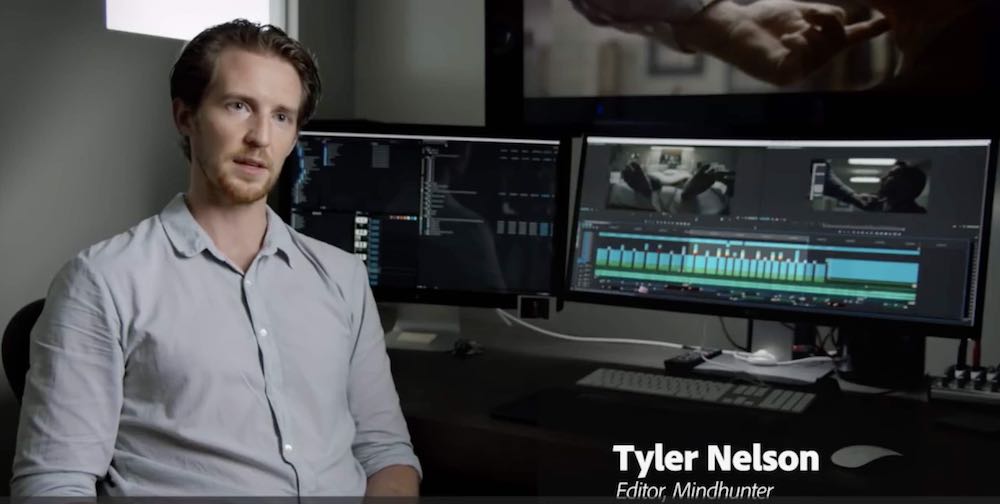
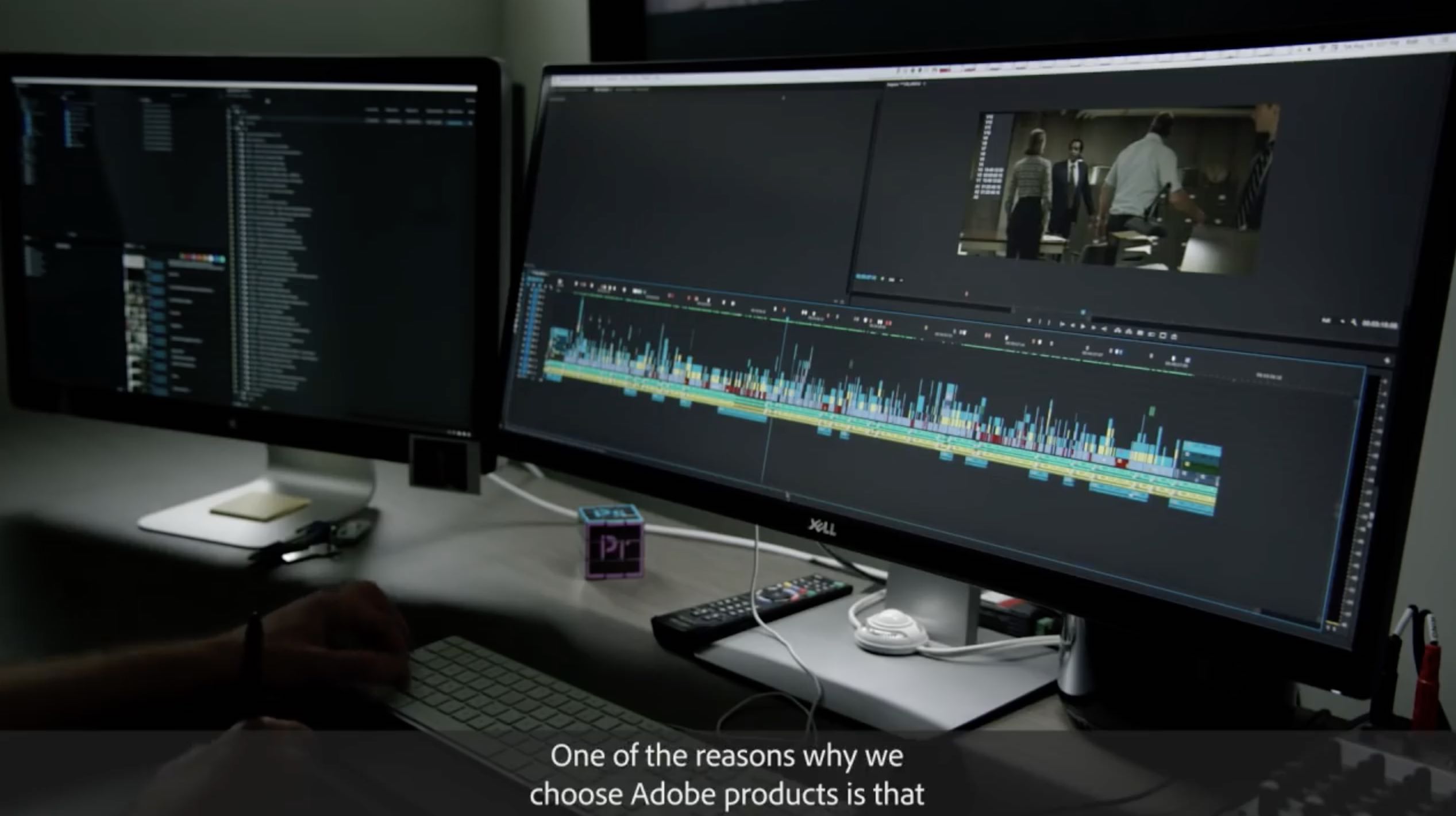

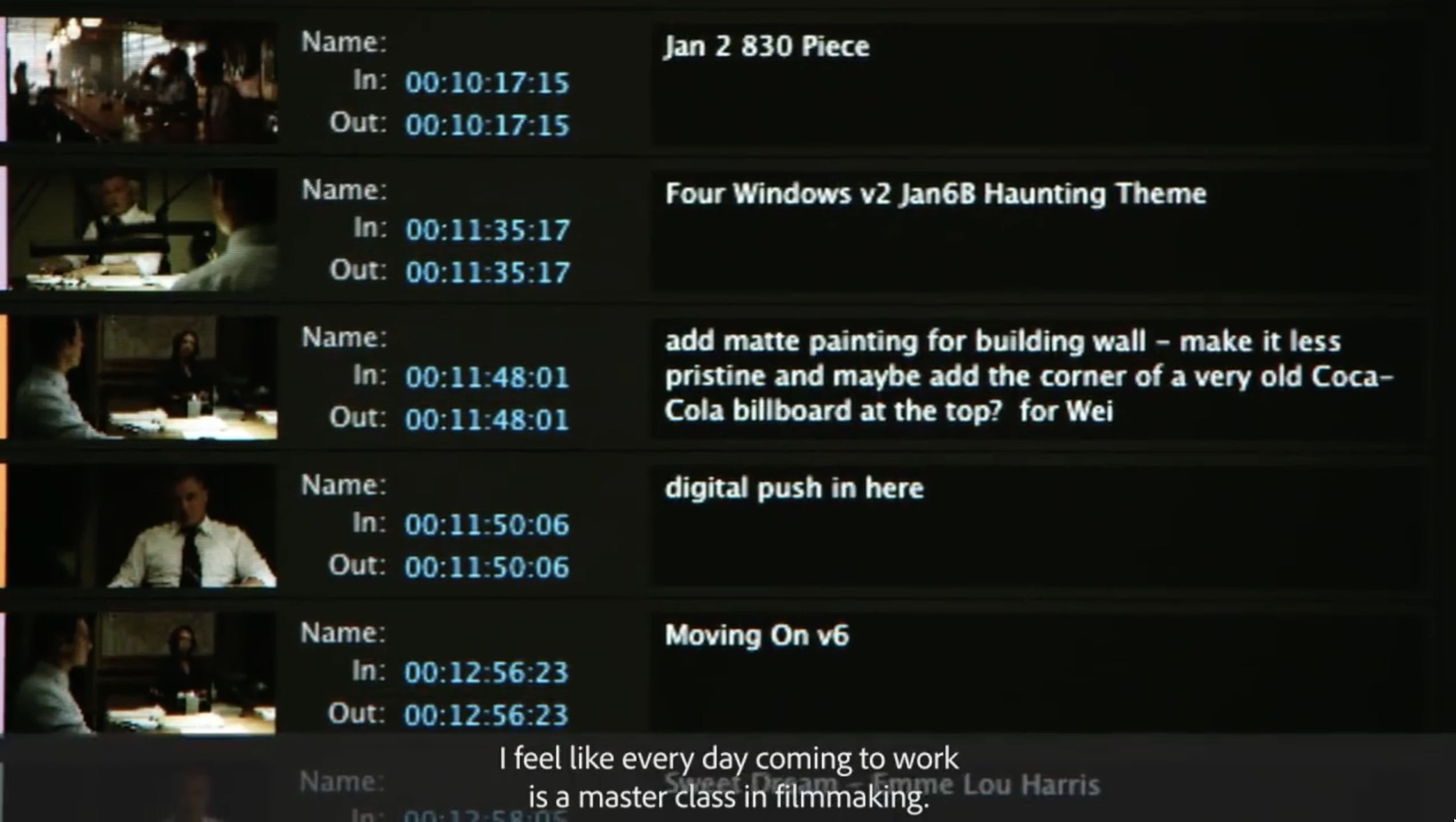
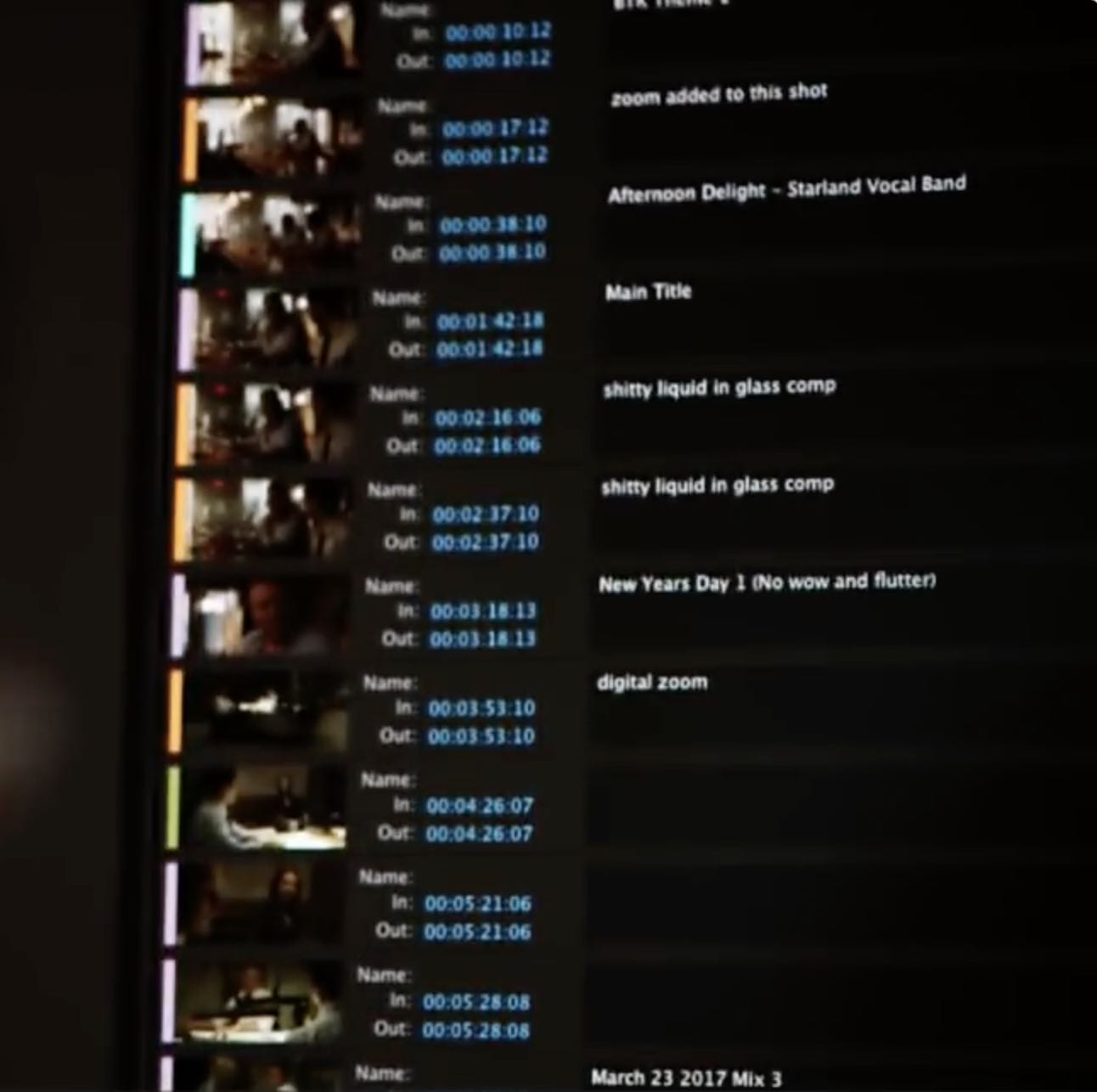
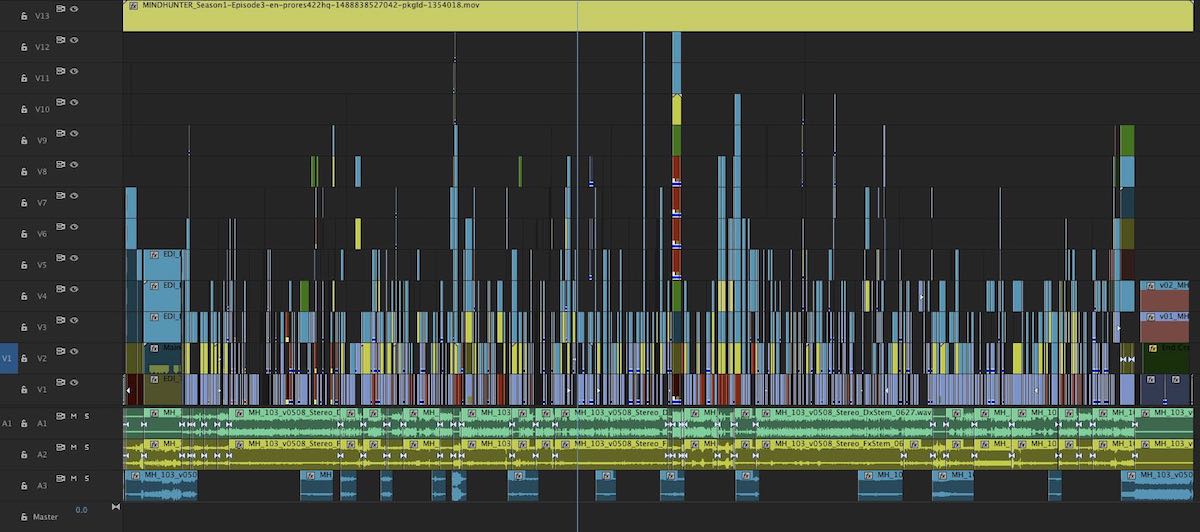

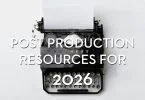


Great video of asst edit tools. How the hell did they get multicam in an XML? Premiere Pro has never supported that. Did they give Fincher a bespoke version of Premiere too? So unfair.